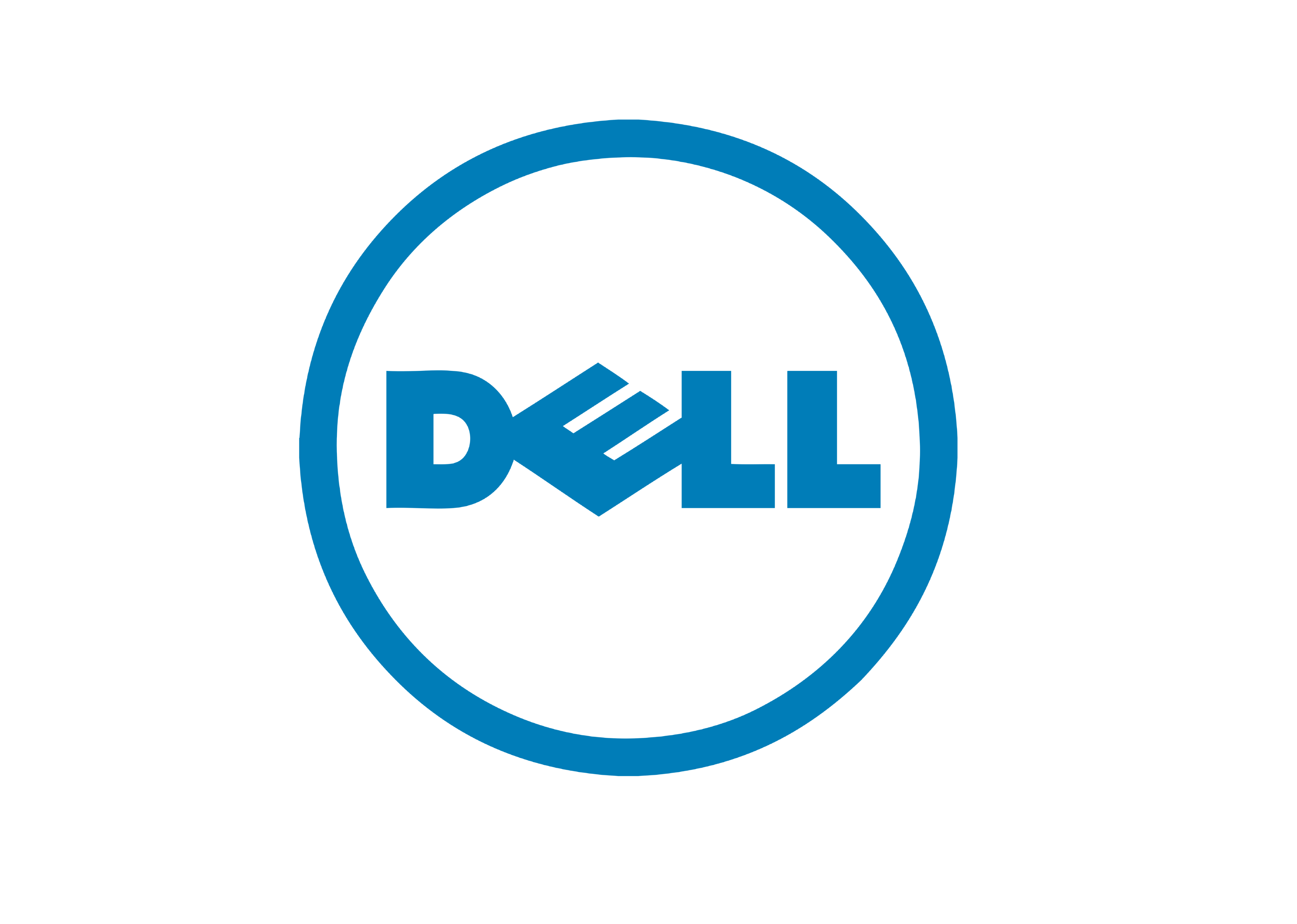India’s path to digital transformation has accelerated manifolds within the past few months. This change can be credited to the state of technology advancements in the country. While many businesses had already realised the importance of transforming themselves, it became a priority for them only after they were forced to entirely change their working models, due to the pandemic. It was not surprising to note that those who had already made digital transformation their priority, were able to seamlessly transition and stay ahead of their competitors.
According to Ripu Bajwa, Director and General Manager, Data Protection Solutions, Dell Technologies, India, as these businesses worked towards maintaining continuity, while quickly shifting to a remote working style, they faced certain concerns, in the process. One of the major concern areas included the protection of their most valuable asset- data. In fact, due to lack of preparedness, many businesses fell prey to clever cybercriminals who were able to sneak into their IT systems, leading to data breaches.
To avoid such instances in the future, businesses will need to move beyond planning a strategy only after an incident happens and should instead plan any possible threat scenario. If overlooked, data loss has the potential to cripple unprepared businesses in no time.
Free movement of IT at the speed of business
As we continue to operate in this world where the nature of work is getting digitalised, it has become necessary for businesses to let their IT move freely at the speed of business. This, however, is only possible when businesses prioritise the protection of their data by implementing new-age data protection solutions that have the power to deflect any harm caused by cybersecurity threats.
Currently, new modern infrastructures, be it on-premises or cloud, are modernizing. These modernized IT infrastructures are increasingly becoming the standards for successful IT operations. Here, securely moving business-critical data to an isolated environment via an operational air gap becomes critical. While this may only represent a fraction of the data, it provides the last line of defence with additional controls and inspection, to further counter the threat of cyber-attacks.
The air gap is both physical (via a locked room on-prem, in an off-prem or cloud-based vault) and logical (data and management path, command and control access). This brings a level of protection for rapidly expanding critical data by protecting the production surface where data is being generated as well as the backup infrastructure where the duplicate of the data is being stored. As the risk of an advanced attack for businesses increases day by day, the freedom to use the infrastructure of choice to keep data secure, becomes more and more important.
Securing data with a Cyber Vault
Businesses need to deploy trusted data protection and cybersecurity solutions that will help them establish policy-driven automated workflows to move business-critical data into an isolated environment and lock it down in less than five steps. This can be termed as the ultimate protection for a business’ DNA and is called a cyber vault. Through this strategy, in the event of an attack, this backup data will help businesses recover in a short amount of time. Ultimately, businesses will have the convenience and flexibility to support any change that may come their way, whether a cybersecurity threat or an agile business need.
The path ahead
Businesses are evolving and are becoming aware of the dangers of a cyber attack but need to truly start investing in cybersecurity and data protection solutions in order to stay afloat in current times. Only after taking proper steps to ensure the security of their data, can an organisation term themselves as future-ready. Hence, it becomes a prerequisite for businesses to be aligned with the changing technology landscape and equip themselves with best in class solutions, allowing their customers to have a satisfactory experience.









